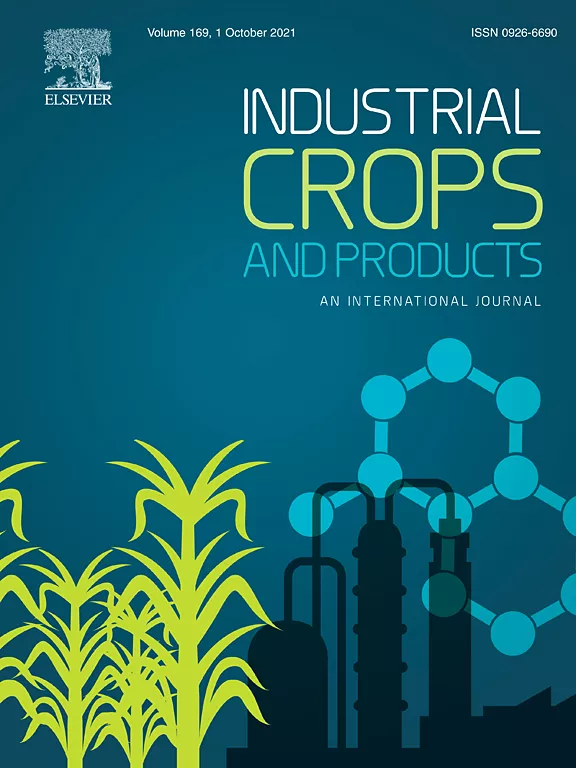Increasing the value of Salicornia bigelovii green biomass grown in a desert environment through biorefining
Utilizing saline soil and water resources are essential in meeting future demands for food, feed, and biofuels in a world of increasing freshwater scarcity, by use of halophytes (salt-loving plants). The succulent halophyte Salicornia bigelovii Tor. was cultivated as a green biomass crop irrigated with saline aquaculture effluents, and bio-fractionation was tested as a way to improve the value of the crop. Bio-fractionation proved to be an effective way of extracting ash and nitrogen into the green juice fraction, from which a protein concentrate was produced with 15 % crude protein and 33 % ash. The fiber fraction was not found useful as fodder due to a relatively low crude protein content of 4.1 % and 10–12 % remaining ash. However, the high digestibility of the structural carbohydrates in the fiber demonstrated its potential as a feedstock for biorefining with estimated bioethanol yields around 2500 L/ha.
Year
2021
Publication Source
Industrial Crops and Products
Publication type
Scientific Paper
Volume/Chapter/Issue
160









